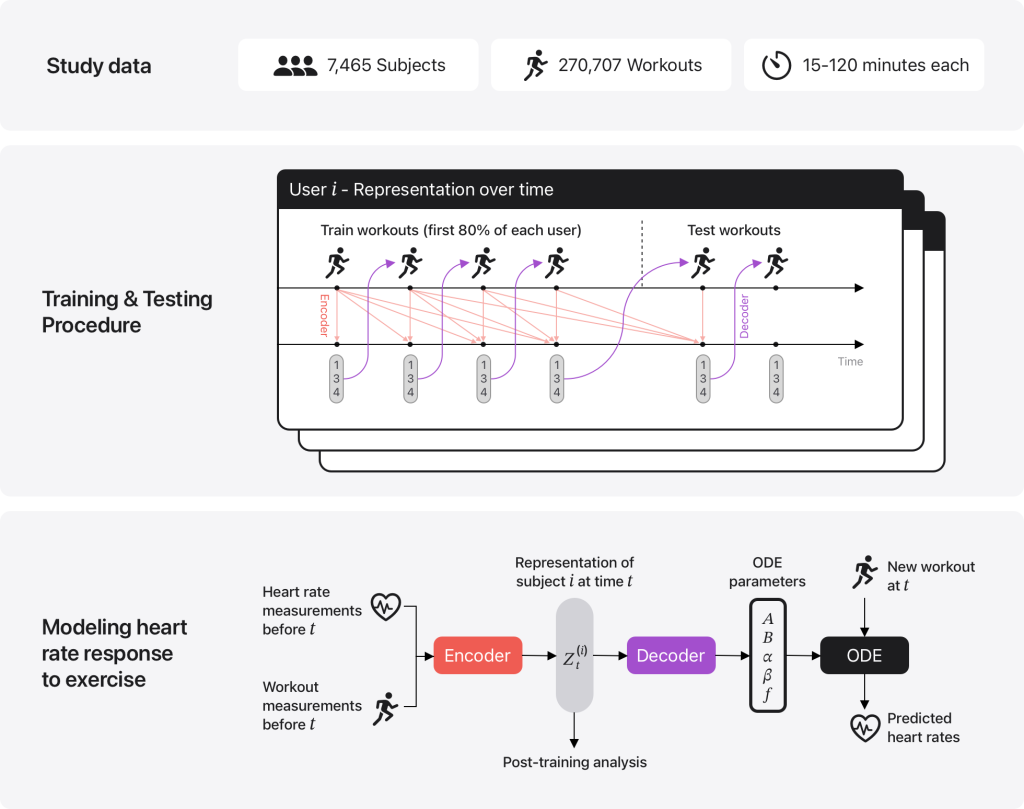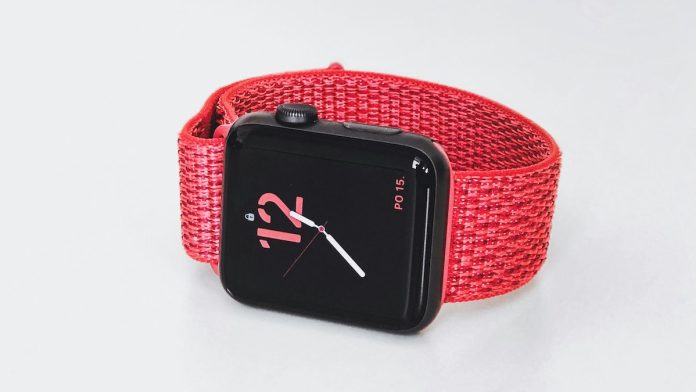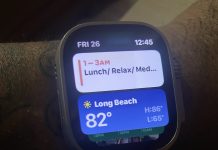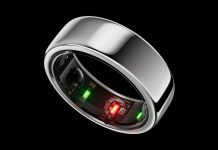The Apple Health Research department is currently in the midst of exploring how to make your workouts — and workout plans — much more personal.
Related:
-
Apple’s latest Machine learning research confirms the value of slower respiration rate for Wellness
-
Apple exploring machine learning-based blood texture maps to enable more realistic Avatars
The Apple Health research team published their findings in a new Machine Learning Research blog post in late March. It outlines their latest research project to improve devices like the Apple Watch and iPhone.
As the team notes, current models describe heart rate dynamics “highly controlled laboratory setting.” This results in data that could look radically different than the type of heart rate information an Apple Watch produces in real-world scenarios.
Because of that, the team set out to create a new machine learning algorithm that combines more traditional heart rate models with an adaptable system that is “robust to noisy and uncertain real-world data.” The goal is to create a bespoke heart rate model that produces the most accurate data for a single individual person.

For example, the machine learning algorithm starts by embedding a person’s individual workout history. It then uses that to guide further data collection. This allows the algorithm to adapt to how every individual’s body uniquely responds to exercise.
“To learn this embedding function that maps workouts to physiological parameters, we use a convolutional neural network that inputs the person’s most recent workouts, including heart rate, cadence, speed, and elevation change,” the team notes.
From there, the system then makes predictions for future workouts. From there, it compares those predictions to actual heart rate during exercise. As such, the algorithm is able to fine-tune its predictions based on just a few recent workouts.
Additionally, the system also looks at metrics that might not be obvious. The Apple Health research team notes that exercising in excess heat or humidity can increase the heart rate during a workout — something that isn’t always reflected in tightly controlled lab settings. Additionally, it also looks at workout data like cadence, elevation change, and speed to accurately predict exercise intensity.
Apple health research findings
The team then tested their findings. They found that their models could make accurate predictions when compared to a more traditional machine learning algorithm. More than that, they were able to adapt models tested in-lab to “naturalistic outdoor workouts that capture more realistic behavior.”
In other words, Apple’s Health research team is hard at work making your workouts better.
“Our hybrid machine learning and expert models help support more efficient workouts for a personalized and targeted goal — whether mental, physical, or emotional wellbeing — and help individuals plan and assess their fitness journey.”







